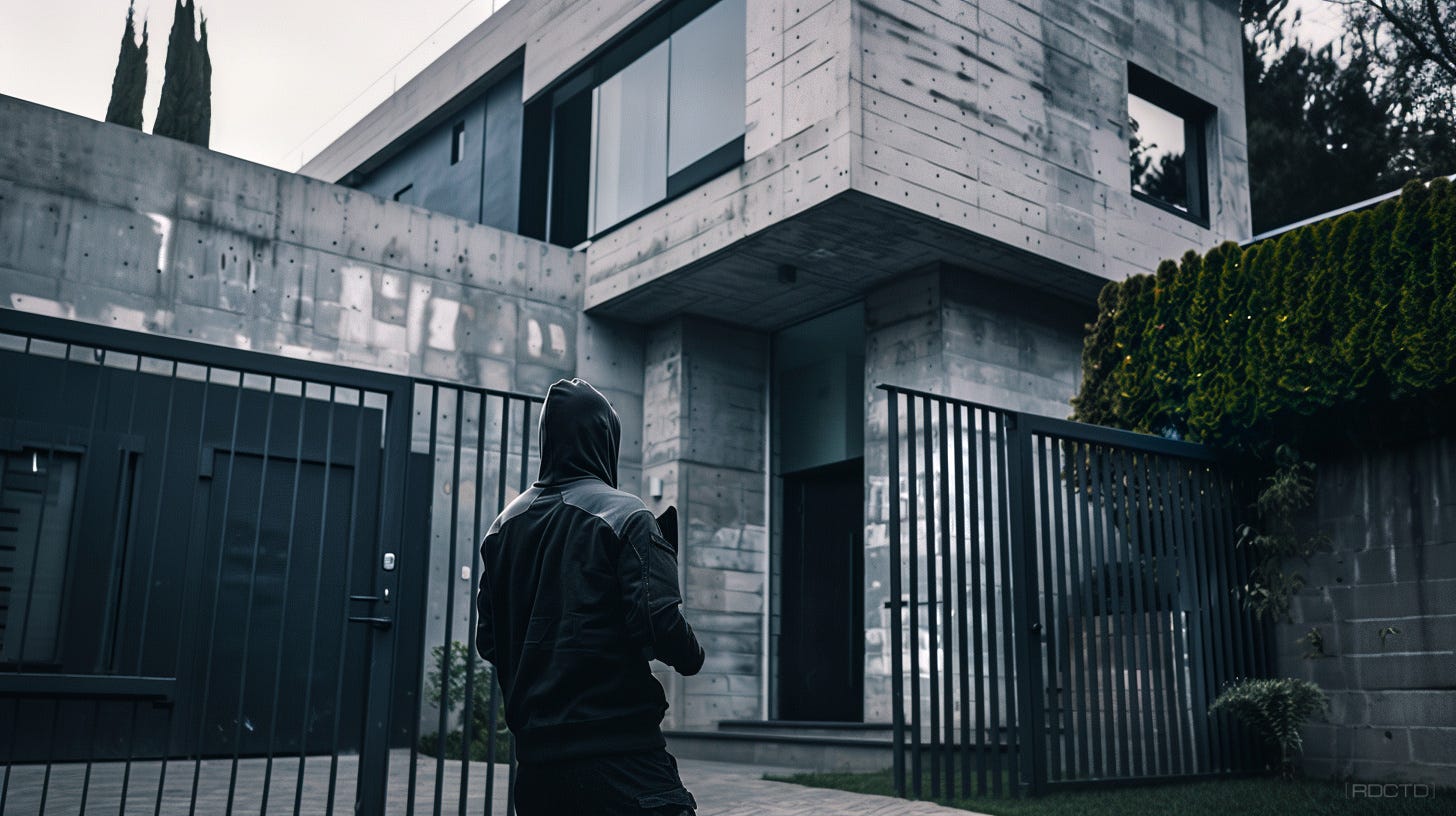Securing The Perimeter like a CIA Operative
To secure a perimeter like a CIA operative, you need to follow a comprehensive and systematic approach. This is a primer detailing key strategies and considerations:
Initial Assessment and Planning
Before any physical measures are implemented, conduct a thorough assessment of the area. This involves identifying potential threats, vulnerabilities, and the value of the assets within the perimeter. CIA operatives would analyze geographic features, the layout of buildings, existing security measures, and potential entry and exit points.
This information is crucial for creating an effective security plan. It includes mapping out the entire perimeter and noting areas that require additional attention, such as blind spots or weak barriers.
Layered Defense Strategy
A key principle in securing a perimeter is the concept of layered defense. This means establishing multiple concentric rings of security measures. The outermost layer could include natural barriers (like rivers or dense vegetation) or man-made barriers (such as fences or walls). Each subsequent layer should become progressively more secure as one moves closer to the central asset.
These layers can include surveillance systems, patrols, additional fencing, motion detectors, and security personnel.
Surveillance and Monitoring
Continuous monitoring is essential for detecting and responding to potential threats in real-time. Advanced surveillance systems, including high-definition cameras, thermal imaging, and drones, are often employed. These technologies provide comprehensive coverage of the perimeter and can be integrated with software that uses artificial intelligence to analyze patterns and detect anomalies.
CIA operatives might also use hidden cameras and listening devices to monitor for any suspicious activity discreetly.
Access Control Measures
Controlling who can enter and exit the secured area is critical. This involves installing and manning checkpoints with thorough procedures for verifying identities. Technologies such as biometric scanners (fingerprint, iris, or facial recognition) and RFID (Radio Frequency Identification) badges can enhance security at these points.
Additionally, protocols should be established for screening vehicles and cargo to prevent unauthorized access. CIA operatives would ensure that access points are the most heavily fortified parts of the perimeter.
Security Personnel Training and Deployment
Well-trained security personnel are an integral part of any secure perimeter. These individuals should be trained in surveillance techniques, emergency response, and use of force protocols. Regular drills and exercises should be conducted to keep them prepared for various scenarios. CIA operatives might deploy plainclothes officers as well as uniformed guards to maintain a low profile while ensuring readiness.
Strategic placement of personnel, both visible and covert, around the perimeter enhances deterrence and rapid response capabilities.
Incident Response and Recovery Planning
Keep reading with a 7-day free trial
Subscribe to Covert Operative Guide to keep reading this post and get 7 days of free access to the full post archives.



